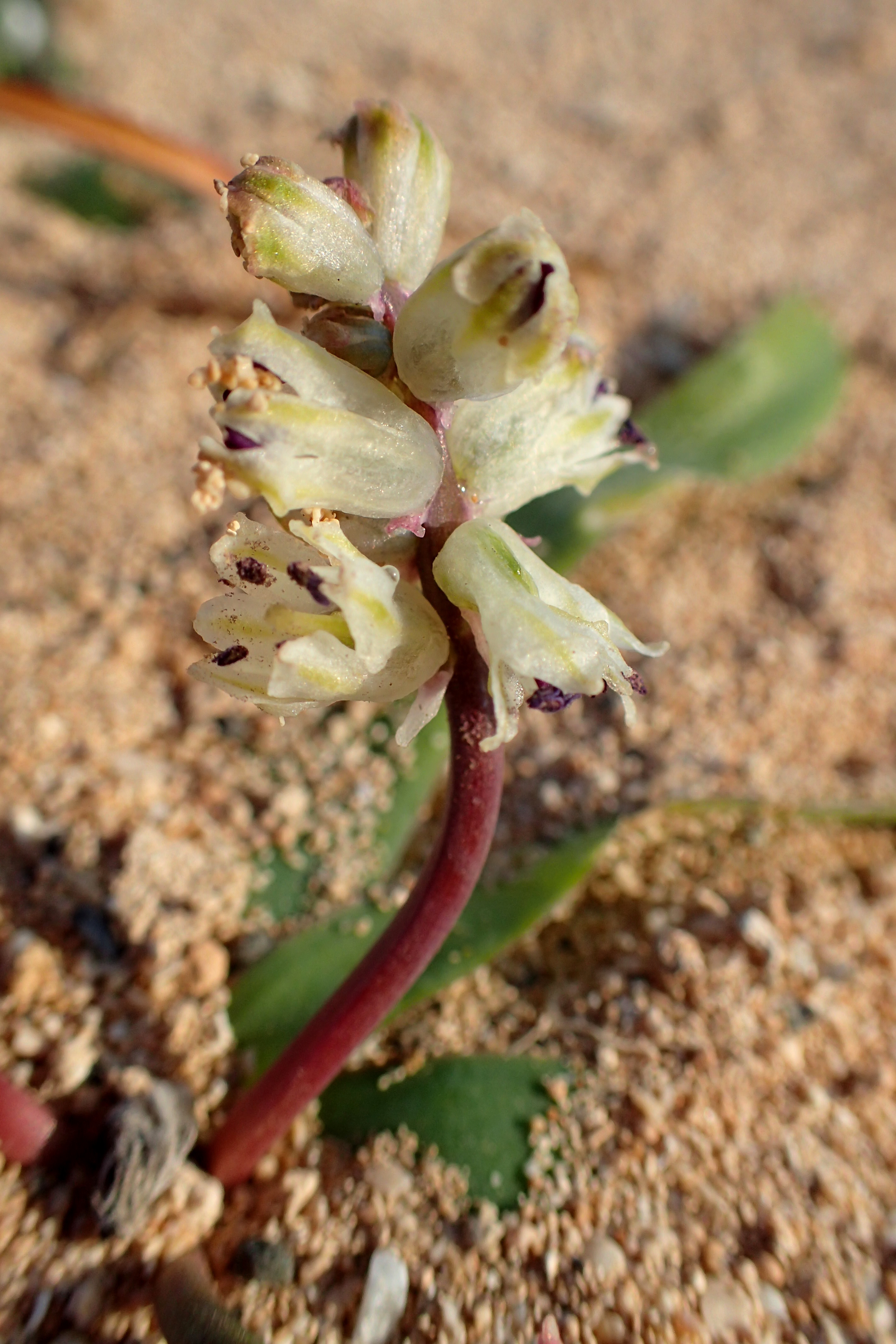Snowbell grape hyacinth
(Bellevalia nivalis)

Description
Bellevalia nivalis, commonly known as the Snowbell Grape Hyacinth, is a small and delicate perennial plant that belongs to the Asparagaceae family. Native to the eastern Mediterranean region, including countries such as Turkey, Lebanon, and Israel, this charming plant is highly regarded for its ornamental value. Its exquisite flowers, reminiscent of tiny grape hyacinths, make it a popular choice among gardeners and plant enthusiasts worldwide. In this article, we will explore the various aspects of Bellevalia nivalis, including its physical characteristics, habitat, cultivation, and significance. Physical Characteristics Bellevalia nivalis typically grows to a height of 15-25 centimeters (6-10 inches) and features grass-like leaves that are narrow, linear, and deep green in color. These leaves arise from a bulbous underground structure known as a bulb. Each bulb produces a single flowering stem, bearing a cluster of delicate bell-shaped flowers. The flowers themselves are small, measuring approximately 1 to 1.5 centimeters (0.4 to 0.6 inches) in length, and display a unique combination of colors. The six petals of Bellevalia nivalis flowers are typically pale blue or violet, often with dark blue or purple stripes running along their length. These charming blossoms emit a subtle, sweet fragrance, adding to their allure. Habitat and Distribution Bellevalia nivalis thrives in regions with a Mediterranean climate, characterized by mild, wet winters and dry summers. It is commonly found in rocky or stony habitats, including meadows, open woodlands, and scrublands. This species prefers well-drained soil and can withstand a wide range of soil types, from sandy to loamy. In its natural habitat, Bellevalia nivalis often emerges in early spring, taking advantage of the cooler temperatures and ample moisture. The Snowbell Grape Hyacinth is indigenous to various countries in the eastern Mediterranean region, including Turkey, Lebanon, Israel, and neighboring regions. It has also been introduced and cultivated in many other parts of the world for its aesthetic appeal. Cultivation and Propagation Bellevalia nivalis is a delightful addition to gardens, rockeries, and flowerbeds. Its petite size and vibrant flowers make it suitable for borders, containers, or naturalized settings. Here are some key considerations for successful cultivation: Climate and Light: Bellevalia nivalis thrives in full sun to partial shade conditions. It requires a Mediterranean-like climate with cool, moist winters and warm, dry summers. Soil Requirements: Well-drained soil is crucial for the healthy growth of Bellevalia nivalis. It prefers slightly acidic to neutral soil pH (6.0-7.0). Amending heavy clay or compacted soil with organic matter, such as compost or leaf mold, helps improve drainage. Planting: The ideal time for planting Bellevalia nivalis bulbs is in late summer or early autumn, allowing them to establish roots before winter. Bulbs should be planted at a depth of 5-7 centimeters (2-3 inches), spacing them 7-10 centimeters (3-4 inches) apart. It's important to position the bulbs with the pointed ends facing upwards. Watering: During the growing season, Bellevalia nivalis requires regular watering to maintain soil moisture. However, it is crucial to avoid overwatering, as excessive moisture can lead to bulb rot. Once the flowering period ends and the foliage starts to yellow and wither, reduce watering gradually. Fertilization: Applying a balanced, slow-release fertilizer in early spring can provide Bellevalia nivalis with the necessary nutrients for robust growth and abundant blooms. Follow the manufacturer's instructions for proper dosage. Maintenance: After the flowering period, allow the foliage to die back naturally. Avoid removing or cutting it prematurely, as the leaves provide nourishment to the bulbs. Once the foliage has completely withered, it can be gently removed. Propagation: Bellevalia nivalis can be propagated through bulb division. Every few years, when the bulbs become crowded and flowering decreases, dig up the clumps in late summer or early autumn. Carefully separate the individual bulbs and replant them at the appropriate spacing, following the planting guidelines mentioned earlier. Significance and Uses Bellevalia nivalis holds great significance in the horticultural world due to its captivating beauty and adaptability. It is primarily cultivated for ornamental purposes, serving as an enchanting addition to gardens, borders, and rockeries. The delicate, bell-shaped flowers of Bellevalia nivalis, with their charming hues of blue and violet, create a mesmerizing visual display. When planted en masse, these petite flowers form carpets of color, making them an excellent choice for naturalized landscapes. Beyond their aesthetic appeal, Bellevalia nivalis flowers also serve as an essential nectar source for pollinators, including bees and butterflies. They contribute to the biodiversity of gardens and provide a vital food source for these beneficial insects. Conservation Status Bellevalia nivalis is not currently listed as a threatened or endangered species. However, like many plants in its natural habitat, it faces potential risks due to habitat loss and degradation. Encouraging its cultivation in gardens and protected areas can help conserve this species and ensure its long-term survival. Conclusion Bellevalia nivalis, the Snowbell Grape Hyacinth, is a delightful perennial plant renowned for its petite size, bell-shaped flowers, and charming coloration. Native to the eastern Mediterranean region, it thrives in Mediterranean climates and rocky habitats. As an ornamental plant, it adds elegance and beauty to gardens, borders, and naturalized landscapes. With proper cultivation and care, this enchanting species can grace your outdoor spaces with its vibrant blossoms, attracting pollinators and providing a touch of natural splendor. Let Bellevalia nivalis be an inspiration for all to appreciate the intricate beauty and resilience of nature's floral wonders.
Taxonomic tree:







